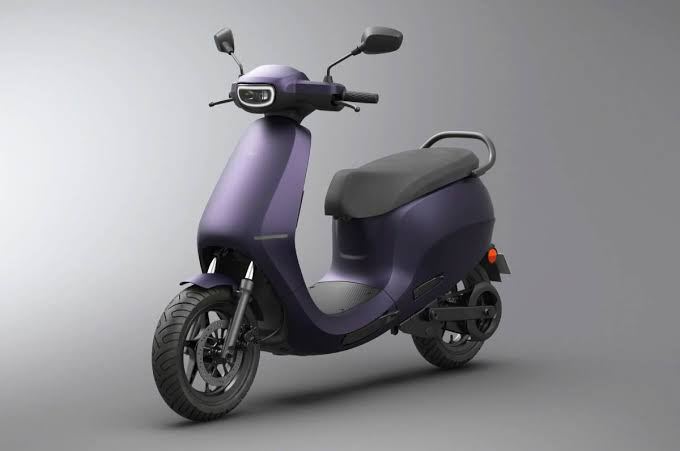Ola Electric is making significant strides in the electric vehicle (EV) sector with its upcoming Initial Public Offering (IPO), targeting ₹5,500 crore. This IPO represents not just a financial opportunity but also a strategic move to reinforce Ola's leadership in India's rapidly growing EV market. Founder Bhavish Aggarwal has been vocal about his vision to establish India as a global hub for electric vehicles, underpinned by the "Make-in-India" initiative. This strategy aligns with the Indian government's push towards sustainable and indigenous manufacturing, which has garnered attention both domestically and internationally.
The Significance of the IPO
The IPO has seen robust investor interest, with subscription levels reflecting confidence in Ola Electric’s business model. Priced between ₹400 and ₹450 per share, the offering is designed to fuel the company’s ambitious expansion plans. Ola intends to use the proceeds from the IPO to scale up production, improve its technological capabilities, and develop a more comprehensive EV ecosystem in India. This includes everything from battery manufacturing to establishing charging infrastructure across the country.
Bhavish Aggarwal's Vision
Aggarwal’s vision for Ola Electric extends beyond just selling electric vehicles. He envisions a future where India is not only self-sufficient in EV production but also a leader in EV innovation on the global stage. To achieve this, Ola is focusing on several key areas:
1.Manufacturing: Ola’s state-of-the-art factory in Tamil Nadu, dubbed the "Futurefactory," is central to its production strategy. This facility is expected to be one of the largest EV manufacturing units globally, with plans to produce millions of electric scooters annually. The factory is also designed to be sustainable, with a focus on renewable energy and minimal waste.
2.Battery Technology: Recognizing that batteries are the heart of electric vehicles, Ola is investing heavily in battery research and development. The company aims to produce high-efficiency, long-lasting batteries domestically, reducing reliance on imports and lowering costs.
3. Charging Infrastructure: Ola is aware that the success of EVs depends largely on the availability of charging stations. The company is working to establish a widespread and accessible charging network across India. This infrastructure will include fast-charging stations in urban areas and highways, ensuring that EV users have convenient access to power wherever they go.
Challenges and Opportunities
While the road ahead is filled with potential, Ola Electric also faces several challenges. The Indian EV market is still in its nascent stage, with issues such as range anxiety, high upfront costs, and a lack of widespread charging infrastructure. However, Ola’s aggressive approach, coupled with governmental support for green energy, positions the company well to overcome these hurdles.
Moreover, the global push towards sustainability and reducing carbon emissions presents a significant opportunity for Ola. As more countries implement stricter environmental regulations, the demand for electric vehicles is expected to rise. Ola Electric, with its strong foundation in India, is well-positioned to capitalize on this global trend.
Looking Ahead
As Ola Electric moves forward with its IPO and expansion plans, it is clear that the company is not just aiming to be a player in the EV market but a leader. Bhavish Aggarwal’s vision for a self-reliant, globally competitive EV ecosystem in India is ambitious, but with the right investments and strategies, it is achievable. The success of Ola’s IPO will be a critical step in this journey, providing the financial resources needed to drive innovation, scale production, and establish India as a powerhouse in the global EV industry.
In summary, Ola Electric’s IPO is more than just a fundraising event; it is a pivotal moment in the company’s journey to revolutionize transportation in India and beyond. With strong leadership, innovative technology, and a clear vision for the future, Ola Electric is set to play a central role in shaping the future of mobility.


